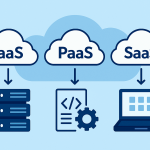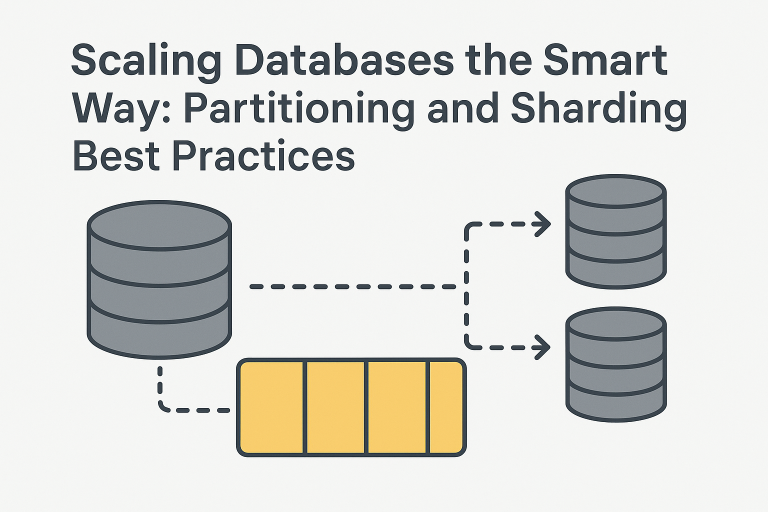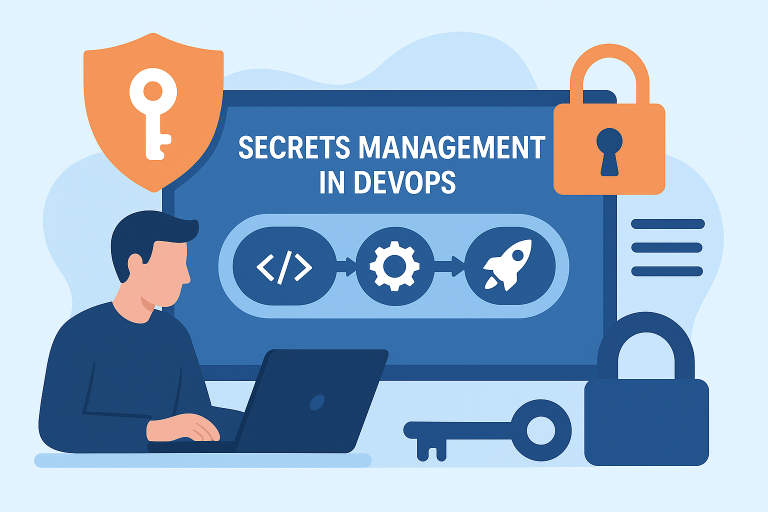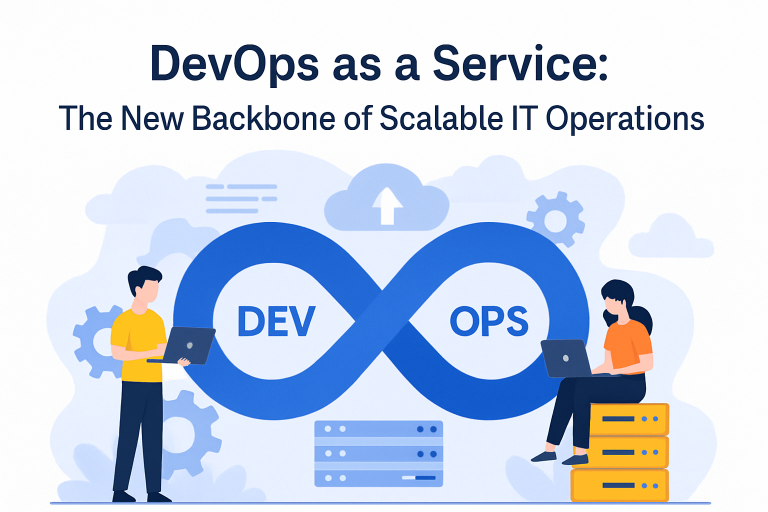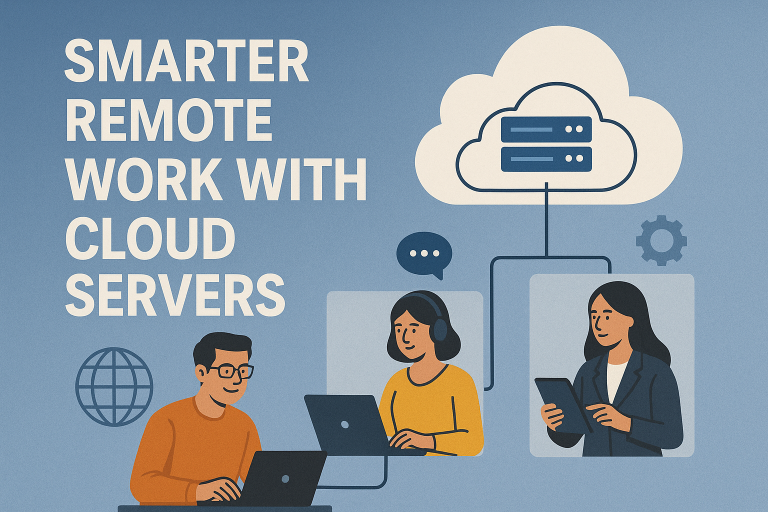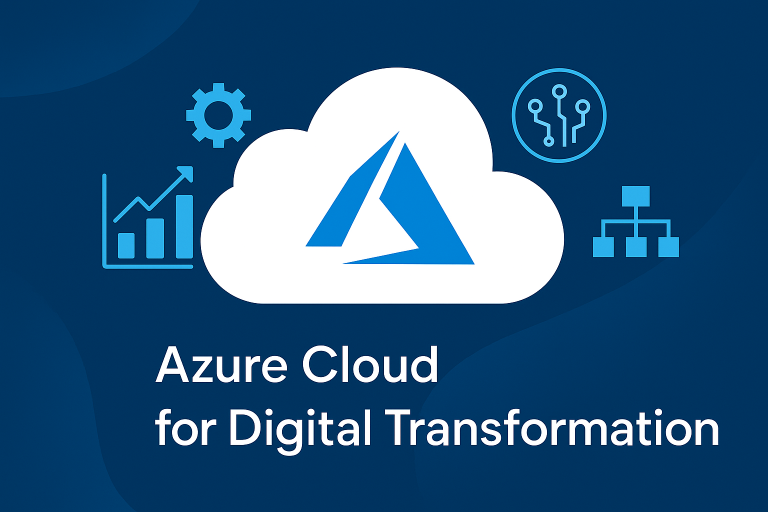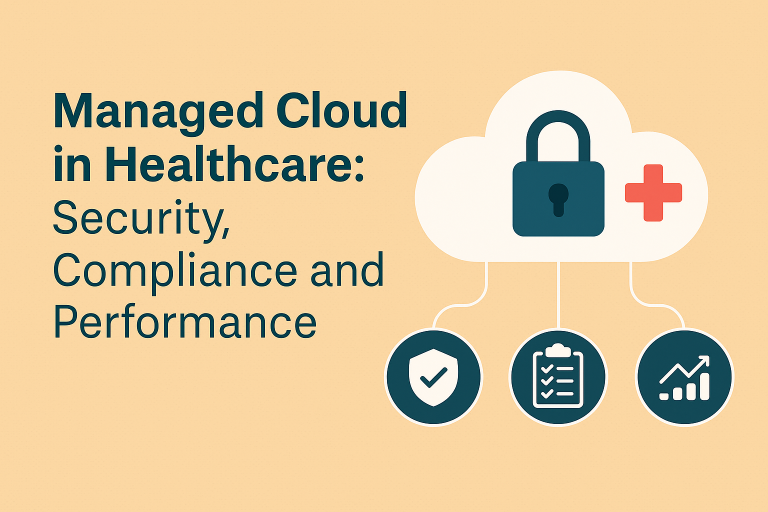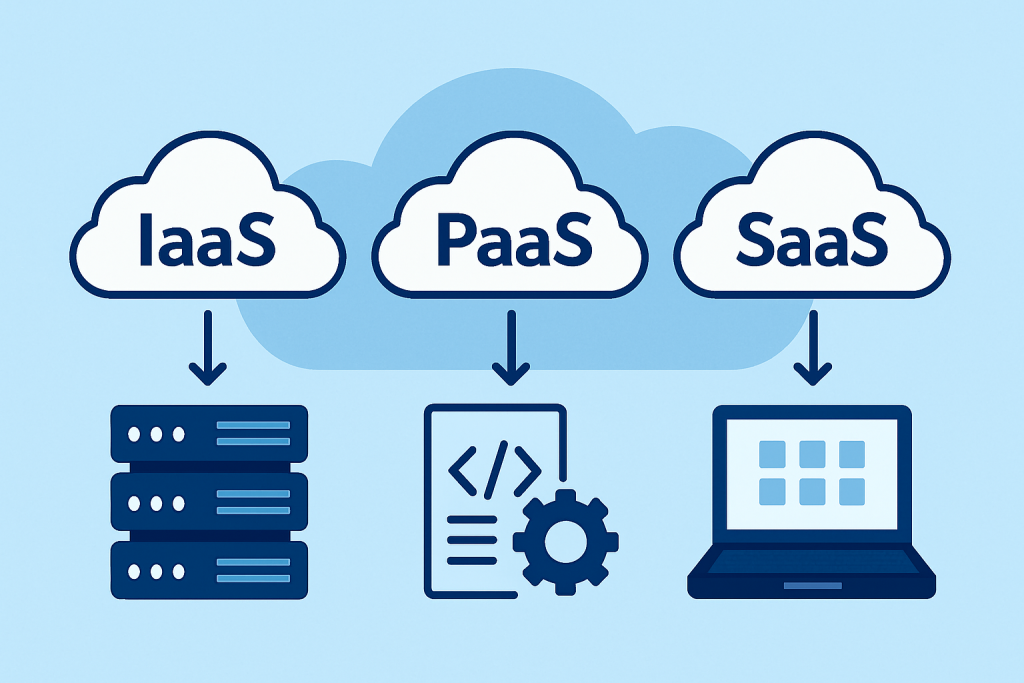
Compute services are no longer working quietly in the background—they are right at the heart of every major business decision. From developing modern applications to managing huge volumes of data or streamlining IT operations, the way you use cloud computing—whether it’s IaaS, PaaS, or SaaS—can shape the success of your entire digital strategy.
Let’s break down what each of these models offers, where they’re heading, and how they fit into a future where compute power drives transformation.
What are IaaS, PaaS, and SaaS?
These three layers of cloud services represent a continuum of control, flexibility, and abstraction. Choosing between them or combining them, depends on your goals, team expertise, and operational priorities.
Infrastructure as a Service (IaaS)
IaaS is the foundation of cloud computing. It offers virtualized compute resources—servers, storage, networking—delivered over the internet. You manage the OS, applications, and runtime, while the provider handles the infrastructure layer.
Benefits:
- Total control over configurations
- Scalable environments
- Ideal for complex workloads and legacy app modernization
Use Cases:
- Custom enterprise apps
- High-performance computing
- Disaster recovery
Examples:
AWS EC2, Microsoft Azure Virtual Machines, Google Compute Engine
Platform as a Service (PaaS)
PaaS abstracts the infrastructure and gives developers a ready-to-use platform to build, deploy, and scale apps quickly. You focus on writing code, while the provider manages the runtime, OS, middleware, and more.
Benefits:
- Faster development cycles
- Built-in scalability
- Minimal maintenance
Use Cases:
- Web apps and APIs
- Mobile app backends
- CI/CD automation
Examples:
Google App Engine, Azure App Service, Heroku
Software as a Service (SaaS)
SaaS delivers fully functional applications over the web. It requires no installation, no management, and no hardware. Users simply log in and use the software.
Benefits:
- Zero maintenance
- Quick onboarding
- Continuous updates
Use Cases:
- Productivity tools
- CRM and ERP
- Collaboration platforms
Examples:
Google Workspace, Salesforce, Zoom, Microsoft 365
How Compute Services Drive Cloud Strategy
The choice between IaaS, PaaS, and SaaS is not just a matter of preference. It shapes how your business:
- Innovates
- Delivers customer experiences
- Manages costs and risks
- Scales in response to growth
Let’s dig deeper into how compute services fuel different strategic priorities.
Scalability and Control with IaaS
IaaS is ideal when you need to build customized, resource-intensive environments. For example, data science teams training ML models may require GPU-optimized virtual machines. With IaaS, businesses can design infrastructure that meets exact technical specifications while retaining full control over security and architecture. Organizations often rely on cloud migration services during this phase to transition legacy systems or on-prem workloads to scalable virtual machines without disruption
Future Outlook:
As demand grows for AI and real-time analytics, IaaS providers are offering auto-scaling, pay-per-second billing, and even sustainable compute tiers to reduce environmental impact.
Speed and Innovation with PaaS
With PaaS, development teams can go from idea to deployment faster than ever. Built-in frameworks, database integrations, and autoscaling tools eliminate bottlenecks. Developers focus on building features, not configuring environments.
To maintain efficiency across evolving applications and microservices, many businesses integrate cloud management services early in their development workflows. These services provide centralized dashboards, compliance controls, and resource usage analytics—all essential to sustaining growth without adding complexity.
Future Outlook:
PaaS is evolving into serverless computing—run code in response to events, without managing servers. This unlocks on-demand scalability, cost efficiency, and simplified DevOps pipelines.
Simplicity and Adoption with SaaS
SaaS solutions provide immediate business value with minimal overhead. Whether it is document collaboration, sales automation, or customer service chatbots, SaaS platforms are powering the modern workforce.
Future Outlook:
AI-powered SaaS tools will soon offer real-time personalization, decision intelligence, and dynamic workflows. SaaS is also converging with low-code platforms, enabling business users to build their own workflows with minimal IT support.
IaaS vs PaaS vs SaaS: When to Use What?
The most effective cloud strategies often use a combination of all three models.
| Scenario | Recommended Model |
| Custom, complex workloads | IaaS |
| App development and deployment | PaaS |
| Business software with fast implementation | SaaS |
| Data analytics and machine learning training | IaaS |
| Event-driven or microservices architecture | PaaS |
| Sales, marketing, and collaboration tools | SaaS |
Pro tip: You do not have to choose one over the other. Build a hybrid architecture that uses SaaS for core tools, PaaS for rapid app development, and IaaS for compute-intensive backends.
Compute Services in the Future: What’s Changing?
The future of cloud computing is not just about flexibility—it is about intelligence, automation, and integration.
AI-native Compute
Compute environments are increasingly being designed for machine learning workloads. GPU-accelerated instances, ML toolkits, and AI-as-a-Service models are enabling faster, smarter applications.
Edge Computing and IoT Integration
Compute is moving closer to where data is generated—at the edge. Whether it is smart factories or connected vehicles, compute services must be flexible enough to span cloud and edge environments.
Composable Architecture
Instead of static infrastructure, compute will be provisioned dynamically based on context—whether a user logs in, a sale is triggered, or an AI engine makes a prediction.
Why Cloud Strategy Needs Expert Guidance
Cloud providers offer the tools—but not the tailored strategy. Choosing between IaaS, PaaS, and SaaS depends on factors like cost governance, workload types, compliance requirements, and long-term digital vision.
Forward-thinking companies often partner with IT consultants not only to streamline architecture, but also to managed cloud services across hybrid or multi-cloud setups. This ensures that governance, automation, and performance standards are maintained as infrastructure scales.
That is why forward-thinking businesses are increasingly turning to IT consulting services to:
- Analyze their current infrastructure and application landscape
- Recommend an optimal cloud architecture
- Create a migration roadmap across IaaS, PaaS, and SaaS
- Monitor and manage cloud usage for efficiency and security
- Tap into modern innovations like containers, Kubernetes, AI, and serverless
Need a boost in modernization, but unsure where to begin?
Cloud assessments, architecture audits, and migration blueprints can help identify cost leaks and performance issues—and turn your cloud into a growth engine.
Key Questions to Ask Before Finalizing Your Cloud Model
Before settling on a compute model, ask:
- What are our core technical requirements—speed, scale, or control?
- How much infrastructure management are we equipped to handle?
- Are our teams ready to adopt new platforms or tools?
- Which apps can move to the cloud without redesigning?
- What kind of cost flexibility or predictability do we need?
Answering these questions ensures you select the right mix of compute services aligned with your future goals.
Conclusion
The cloud is no longer about saving costs or eliminating servers. It is about delivering digital experiences, accelerating innovation, and unlocking data-driven insights. Your compute architecture whether based on IaaS, PaaS, SaaS, or a hybrid model will define how quickly and confidently your business moves forward.
As cloud services evolve toward AI, edge, and automation, your strategy needs to evolve too. Computing is not just an IT asset. It is the engine of business transformation.
Choosing the right cloud model is not just a technical decision. it is a strategic imperative. And with the right support, you can design a cloud strategy that’s agile, intelligent, and built for whatever the future brings.
